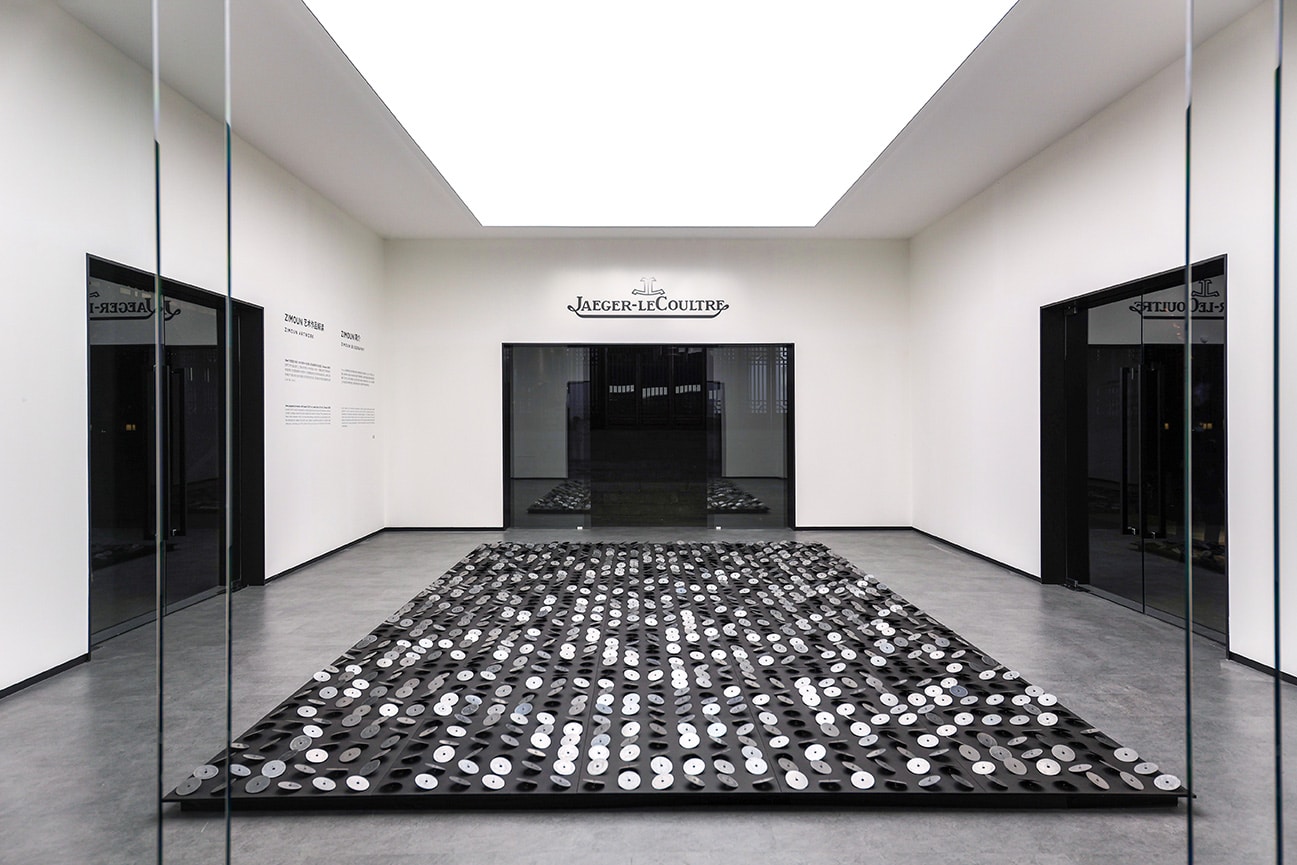LA EXPOSICIÓN DIOR DESIGNER OF DREAMS EN TOKIO 2023
La exposición Dior Designer of Dreams en Tokio presenta una exhibición sin precedentes de prendas que trazan la sucesión de Monsieur Dior
En #Dior , la pasión está en el corazón de nuestras creaciones.

La exposición #DiorDesignerofDreams en Tokio presenta una muestra sin precedentes de prendas que trazan la sucesión de Monsieur Dior desde creaciones de archivo de anteriores directores artísticos de la casa hasta diseños contemporáneos de #MariaGraziaChiuri . Las piezas exclusivas se pueden descubrir de otra forma, ya que son redefinidas por el talentoso fotógrafo, #YurikoTakagi .
Through Takagi’s poetic lens, these images capture the intricate beauty of each couture design in movement. Honoring the deep respect for tradition and craftsmanship held dear to both Monsieur Dior and Japanese culture, Takagi is able to breathe life into her photographs using a prolonged shutter speed as seen in this breathtaking display. Delve behind the scenes to see the making-of these moving photos.
A través de la lente poética de Takagi, estas imágenes capturan la intrincada belleza de cada diseño de alta costura en movimiento. Honrando el profundo respeto por la tradición y la artesanía apreciados tanto por Monsieur Dior como por la cultura japonesa, Takagi puede dar vida a sus fotografías utilizando una velocidad de obturación prolongada, como se ve en esta impresionante exhibición. Sumérjase entre bastidores para ver cómo se hicieron estas fotos conmovedoras.

Imágenes de Christian Dior: Designer of Dreams 2023 de la fotógrafa japonesa Yuriko Takagi
Christian Dior: diseñador de sueños
Tras su éxito en el Musée des Arts Décoratifs de París, y tras haber viajado por el mundo de Londres a Nueva York(*1), la exposición Christian Dior: Designer of Dreams se presentará en el Museo de Arte Contemporáneo de Tokio a partir del 21 de diciembre. , 2022; un evento excepcional que celebra los lazos sinceros y singulares entre Dior y Japón.
Acompasada por un nuevo relato escenográfico diseñado -como homenaje a la cultura japonesa- por el arquitecto Shohei Shigematsu(*2), socio de OMA, esta retrospectiva, que se reinventa bajo la curaduría de Florence Müller, destaca más de setenta y cinco años de pasión audaz, marcada por maravillosos descubrimientos: desde las influencias artísticas del modisto fundador hasta su amor por los jardines, desde la suntuosa magia de los bailes hasta su fascinación por la riqueza creativa de Japón, que inspiró las colecciones de Dior desde el principio. Esta amistad inquebrantable, consolidada por colaboraciones únicas y admiración mutua, se refleja en valiosos documentos de archivo, la mayoría de los cuales nunca se han mostrado al público.
Desvelados uno a uno, accesorios y modelos de alta costura del pasado al presente, soñados por Christian Dior –incluido el traje Bar por excelencia, emblema eterno del New Look– y por los distintos Directores Artísticos que le han sucedido: Yves Saint Laurent, Marc Bohan, Gianfranco Ferré, John Galliano, Raf Simons y Maria Grazia Chiuri. Los visitantes podrán descubrir una selección de cautivadoras y prestigiosas obras de la colección del MOT, así como fotografías de la fotógrafa japonesa Yuriko Takagi(*3) especialmente creadas para esta exposición y para su cartel. Perpetuando el espíritu visionario de Christian Dior, también se exponen iconos innovadores, como el bolso Lady Dior reinterpretado en los proyectos Dior Lady Art y Lady Dior As Seen By, junto con los mundos de los perfumes Miss Dior y J’adore,
*1 Esta exposición se ha llevado a cabo de diferentes formas en el Victoria & Albert Museum de Londres, el Long Museum West Bund de Shanghái, el Museo de Arte Contemporáneo de Chendgu, el Museo de Brooklyn de Nueva York y la M7 de Doha.
*2 OMA es una asociación internacional que practica la arquitectura, el urbanismo y el análisis cultural. Shohei Shigematsu es socio de OMA Nueva York y lidera la diversa cartera de la empresa en las Américas y Japón.
*3 El fotógrafo japonés también ha contribuido al catálogo de esta nueva retrospectiva.
Imágenes de Christian Dior: Designer of Dreams 2023 de la fotógrafa japonesa Yuriko Takagi





































